Understanding FSH & LH Hormones In IVF Cycle
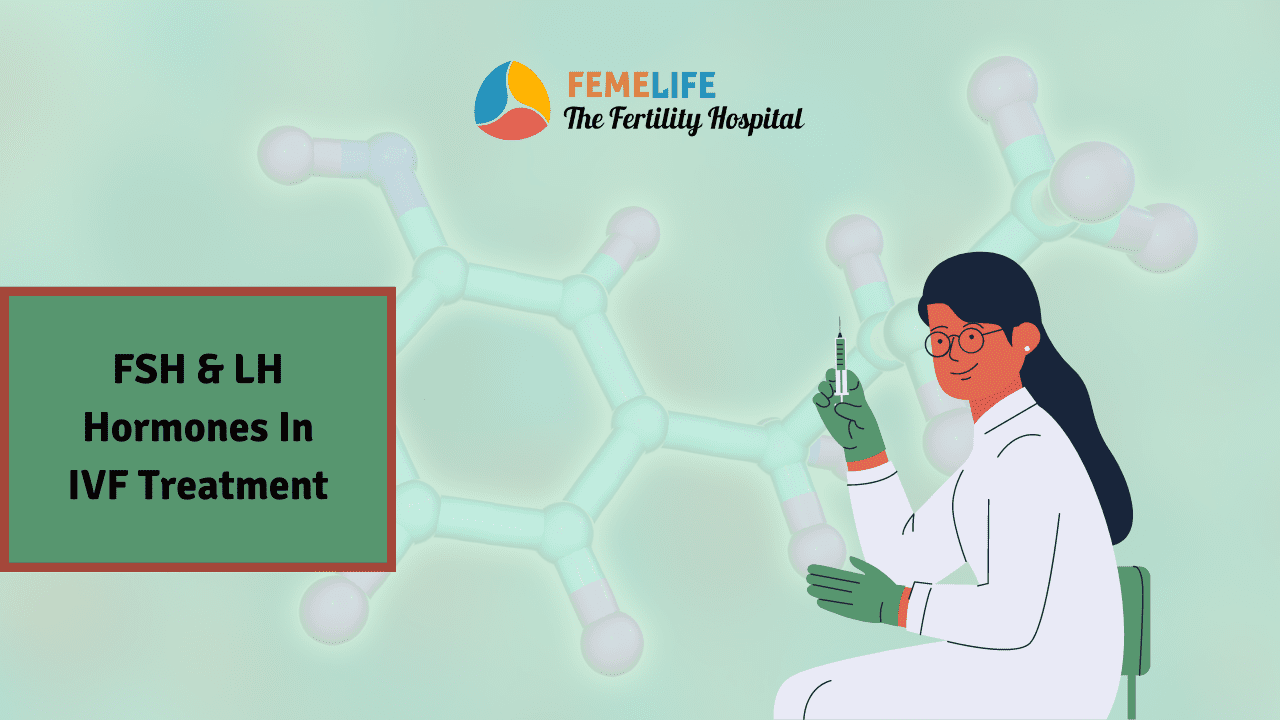
If you are visiting IVF centres for fertility treatment you must be familiar with FSH & LH. These fertility hormones together are called the gonadotropins. Structurally they are protein derivatives regulating function of your ovary. These hormones are also found in your male partner controlling testicular function. Like other hormones these are also essential for normal growth, sexual development and reproduction. Your pituitary gland in the brain secrets these gonadotropins which include follicle stimulating hormone (FSH) and luteinizing hormone (LH).
FSH & LH hormones share some similarities in their structure but have unique action. Their specific action is due to the beta chain in their peptide chain. This makes them attach specific receptors and deliver special functions. Gonadotropins are under the control of gonadotropin releasing hormone (GnRH), and blood levels of estrogens and progesterone.
What are FSH & LH?
FSH Hormone
In women: Follicle stimulating hormone (FSH) controls your menstrual cycles and growth of follicles. It is a product of pituitary gland in the brain which regulates growth, sexual development and reproduction. FSH attaches to receptors on ovarian follicles and stimulates the maturing follicles. When there is a spike in the release of FSH in the middle of the menstrual cycle it leads to ovulation.
In men: FSH regulates production and maturation of sperm. Spermatogenesis and androgen responsiveness of the testes depends on FSH level. Thus, FSH is essential for reproduction in men as well. FSH along with testosterone, actos on the supporting Sertoli cells to help proliferation, maturation and function of developing germ cells. FSH level in men is also regulated by GnRH produced in the hypothalamus and circulating levels of sex hormones.
LH Hormone
In Women: Luteinizing hormone (LH) is also a hormone product from the pituitary gland. It is essential for sexual development and reproduction in women. LH functions by acting on receptors present over ovarian follicles and helps in their maturation. Surge of this hormone occurs in the middle of the menstrual cycle. It triggers ovulation and production of hormone progesterone by the follicle after ovulation. LH is also necessary for the growth of the uterine endometrium for implantation of the fertilized egg. It is controlled by GnRH from the hypothalamus directly and indirectly by the circulating levels of sex hormones.
In men: LH stimulates production of testosterone in males. FSH & LH hormones are essential part of assisted reproduction techniques (ART) and in vitro fertilization (IVF).
Uses of FSH & LH in IVF Treatment
If you are going through IVF treatment your doctor will use hormone injections to stimulate ovarian follicle growth & maturation. These injections contain the hormones FSH & LH in various proportions and doses.
Follicular Stimulating Hormone (FSH): FSH is the most common hormone in assisted reproductive technology (ART). It is used in all protocols in ART. Daily injections of recombinant human FSH (r-hFSH) induces multiple follicle growth in the ovaries. This condition is controlled ovarian hyper-stimulation (COH). Along with FSH your doctor will use agonist or antagonist injections to prevent premature LH surge and premature ovulation. Your doctor advises gonadotropin-releasing hormone (GnRH) agonist or antagonist daily or as per requirement.
Luteinizing hormone (LH): Along with follicle stimulating hormone (FSH), LH also stimulates normal follicular growth and ovulation. FSH is often used in assisted reproductive technology (ART) with LH for a complementary effect. LH is useful in patients with advanced age, low ovarian reserve and patients with hypogonadotropic hypogonadism. Luteinizing hormone (LH) is essential for reproductive function in male and females. LH along with follicle stimulating hormone (FSH)is essential for follicular growth and ovulation. Hence, FSH & LH control normal follicular growth and are complementary to each other in function.
Types of FSH & LH
These hormones are either urinary products or synthetic chemicals. Urinary forms can have contaminants in the preparation and may be less efficacious. Highly purified and recombinant formulations of the gonadotropins are used in infertility. Synthetic forms of gonadotropins are more popular in assisted reproductive techniques and in vitro fertilization.
LH is given by injection under the skin. The dosage of injection can be in a cyclic and stepwise fashion. Your doctor will decide dosages and regimens of administration according to your problems. Partially and highly purified urinary FSH and recombinant forms of FSH are widely available. These injections are inevitable part of treatment of infertility and hypogonadism. Your fertility nurse administers these injections under the skin daily.
Side effects of IVF Hormones
Usually IVF treatment is an outpatient procedure as it is a relatively safe procedure. However, in high doses, these hormones can hyperstimulation your ovaries. Ovarian hyperstimulation syndrome (OHSS) is a rare but dreadful condition in severe form. This may lead to liver test abnormalities, jaundice, swelling of body and fluid accumulation in the abdomen. However OHSS usually occurs in mild forms and is a curable condition. Your doctor will be able to predict the risk of OHSS in you during follicular monitoring.
Changes of FSH & LH in a normal menstrual cycle
The levels of FSH & LH hormone vary in a normal menstrual cycle. These are interdependent on each other and also influenced by other fertility hormones in the body. Usually these hormones are in base levels at the start of menstruation. FSH hormone starts rising in the initial days of cycle which helps in growth of tiny follicles. As these follicles grow they produce estrogen in the follicles. This estrogen slows down the rise of FSH. Subsequently LH hormone rises, this helps in production of more estrogen. FSH and LH attain their peak levels just before ovulation. Surges in LH triggers ovulation. After ovulation again their values fall.
Hormones in IVF cycle
The changes seen in the normal menstrual cycle mimic in your IVF cycle. First your doctor will confirm the baseline blood levels of FSH & LH on day 2 or 3 of the menstrual cycle. If your LH is high at this stage your IVF specialist will suggest to take antagonist injections to bring it down. After this FSH injections or combination of FSH & LH help in follicular growth in the first 5 -6 days. As the follicles are growing your doctor may change pure FSH injections to combined FSH & LH as LH is essential at this stage for oocyte growth and maturation. Beyond 14mm growth, your doctor prevents the LH surge by giving antagonist injections daily along with the gonadotropins.
Regulation of Hormone secretion
Your ovary contains two types of cells which don’t depend on LH and FSH. These cells secrete the ovarian steroids. Estrogen hormone production from the ovary depends on FSH & LH. LH and FSH have complementary functions for maturation of egg and ovulation. Initially FSH stimulates follicle growth and induces receptors for LH action. Later LH acts on these receptors and prepares androgen from cholesterol. This is the base material for estrogen production. Androgens convert into estrogen with help of FSH hormone. Estrogen helps in the actions of FSH in turn. As estrogen level rises it regulates the FSH concentration. In short all these hormones act in harmony to produce a mature egg and help in fertilizations and implantation to result in pregnancy.

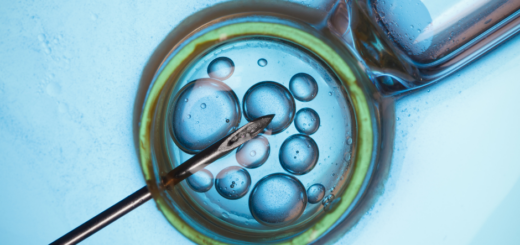
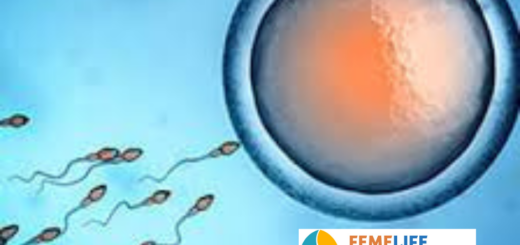


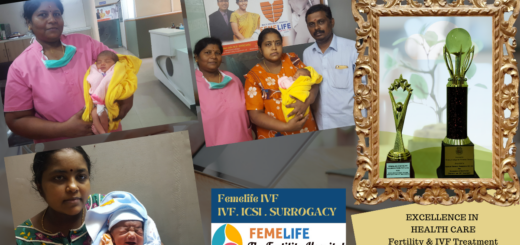
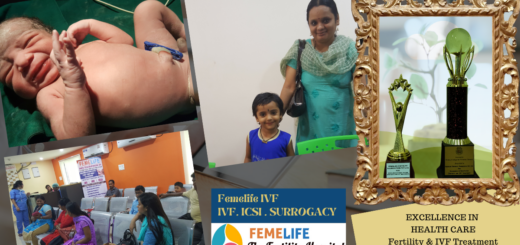
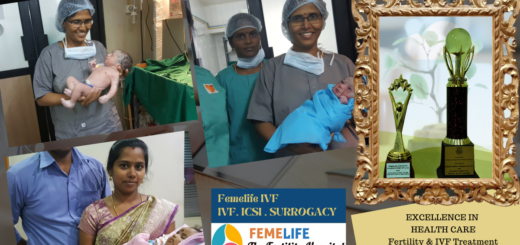
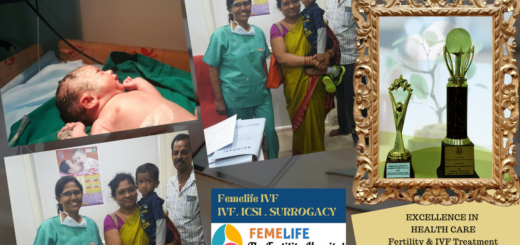
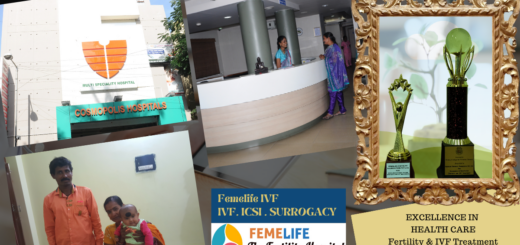
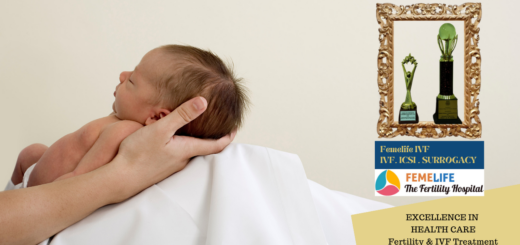
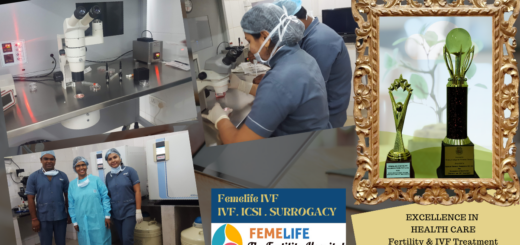
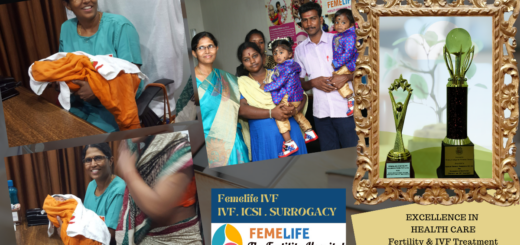
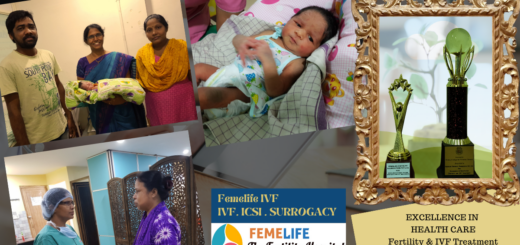
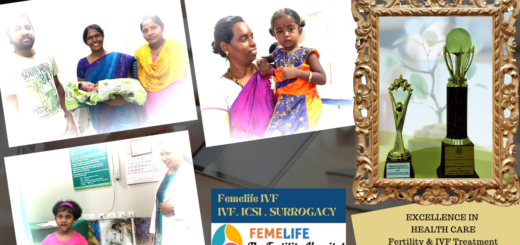
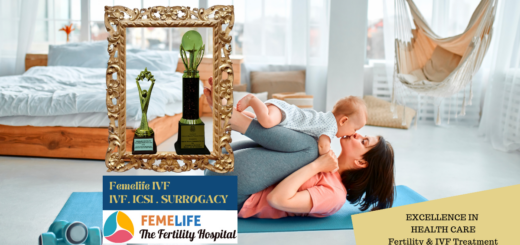
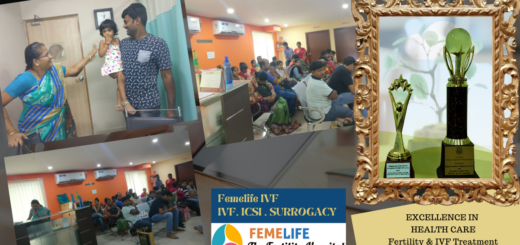
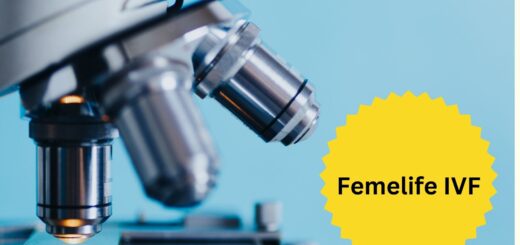
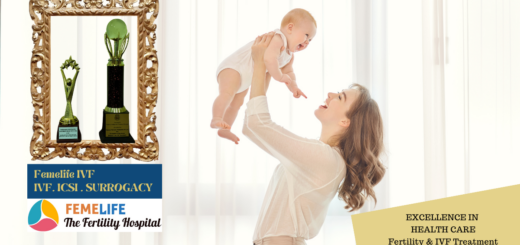
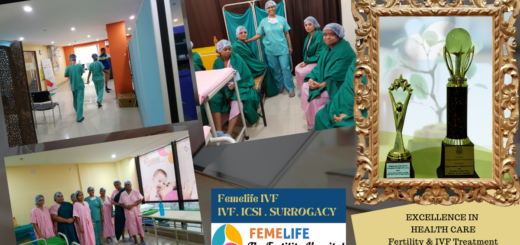
1 Response
[…] Hormonal değişims ; Çoğu kadın yumurtlama, hamilelik veya adet döngüsü sırasında fark eder, doğum kontrol hapı alırken […]